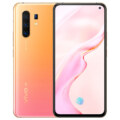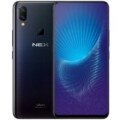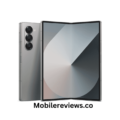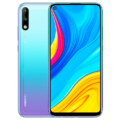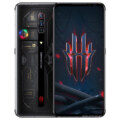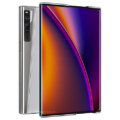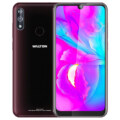- Home
- Store
- Mobiles
- Smartphones
- Vivo V20
Vivo V20
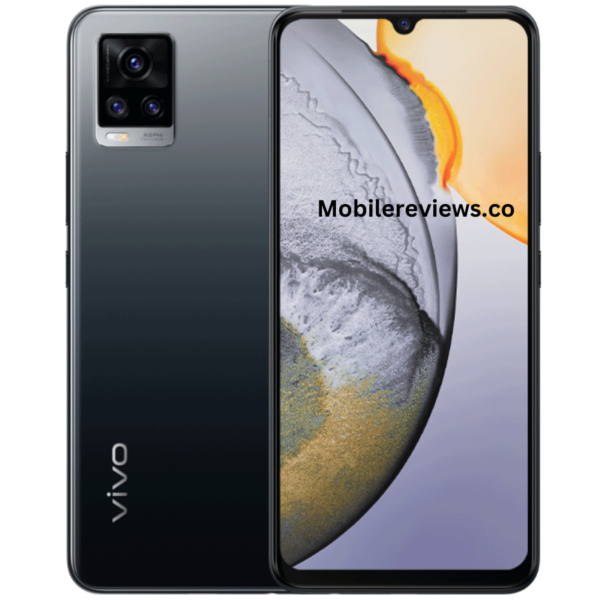

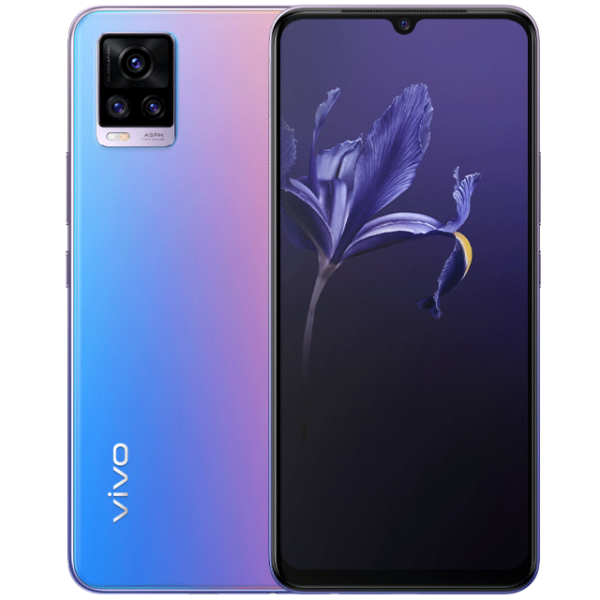
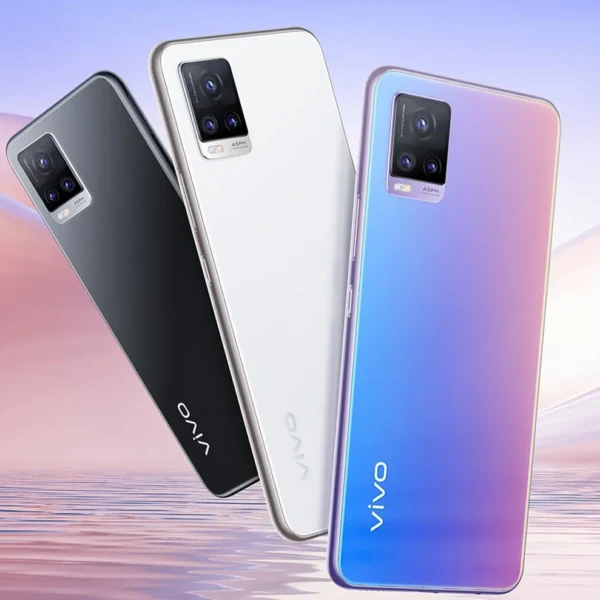

Design and Build
The Vivo V20 features a sleek and modern design, characterized by its slim profile and lightweight construction. It measures 161.3 x 74.2 x 7.38 mm and weighs just 171 grams, making it comfortable to hold and carry. The phone boasts a glass front protected by Corning Gorilla Glass 3, providing durability and resistance to scratches. The back of the device is made from plastic, which, while not as premium as glass or metal, contributes to its lightweight nature. The plastic frame complements the design, ensuring a cohesive look. It is available in three stylish colors: Midnight Jazz, Sunset Melody, and Moonlight Sonata.
Display
The Vivo V20 comes equipped with a 6.44-inch AMOLED capacitive touchscreen. This display offers a resolution of 1080 x 2400 pixels, which translates to a pixel density of approximately 409 pixels per inch (ppi). The AMOLED technology provides vibrant colors, deep blacks, and high contrast, making it ideal for media consumption and gaming. Additionally, the display is protected by Corning Gorilla Glass 3, safeguarding it from everyday wear and tear. With its high brightness and excellent color accuracy, the Vivo V20’s display ensures a visually engaging experience.
Performance
Under the hood, the Vivo V20 is powered by the Qualcomm Snapdragon 720G chipset, which is well-suited for handling a range of tasks from everyday activities to moderate gaming. The device features an octa-core CPU with two Kryo 465 Gold cores clocked at 2.3 GHz and six Kryo 465 Silver cores clocked at 1.8 GHz, providing a balance of performance and efficiency. The graphics are managed by the Adreno 618 GPU, which supports smooth graphics rendering. The V20 is equipped with 8 GB of RAM, ensuring seamless multitasking, and 128 GB of internal storage, which can be expanded via a microSD card up to 1 TB. This ample storage capacity is ideal for users who need plenty of space for apps, media, and files.
Camera
The Vivo V20 excels in photography, featuring a versatile triple-camera setup on the rear:
- 64 MP Main Camera: Equipped with an f/1.9 aperture, this camera uses a large 1/1.72″ sensor and 0.8µm pixels to capture detailed and vibrant images.
- 8 MP Ultra-Wide Camera: With an f/2.2 aperture and a 120-degree field of view, this camera is perfect for capturing expansive landscapes and group shots.
- 2 MP Macro Camera: Designed with an f/2.4 aperture, this camera allows for close-up shots with fine detail.
The rear camera setup also includes features such as LED flash, HDR, and panorama mode. It supports video recording in 4K at 30fps, 1080p at 30/60fps, and 720p at 960fps, providing users with a range of video options.
On the front, the Vivo V20 is equipped with a high-resolution 44 MP selfie camera with an f/2.0 aperture. This front camera also supports HDR and can record video in 1080p at 30fps, making it ideal for high-quality selfies and video calls.
Battery
The Vivo V20 is powered by a 4000 mAh Li-Po battery, which provides sufficient power for a full day of moderate usage. The device supports 33W fast charging, allowing for quick recharges to minimize downtime. While the battery capacity may be smaller compared to some competitors, the efficient Snapdragon 720G processor and AMOLED display help manage power effectively.
Operating System and Software
The Vivo V20 runs on Android 11, skinned with Vivo’s Funtouch 11 user interface. This combination offers a smooth and user-friendly experience, with enhancements and customizations to tailor the device to individual preferences. The software includes features such as improved privacy controls, customizable widgets, and various UI tweaks to enhance the overall user experience.
Connectivity
The Vivo V20 supports a range of connectivity options:
- SIM: Dual SIM (Nano-SIM, dual stand-by), allowing users to manage two phone numbers simultaneously.
- Network: 4G LTE, providing reliable and fast cellular connectivity.
- Wi-Fi: Supports Wi-Fi 802.11 a/b/g/n/ac with dual-band capabilities, ensuring stable and high-speed wireless internet access.
- Bluetooth: Version 5.1 with A2DP and LE, enabling wireless connectivity with a range of devices.
- GPS: Integrated with A-GPS, GLONASS, BDS, and GALILEO for accurate location tracking.
- USB: USB Type-C 2.0 with USB On-The-Go, allowing for efficient data transfer and connection to peripherals.
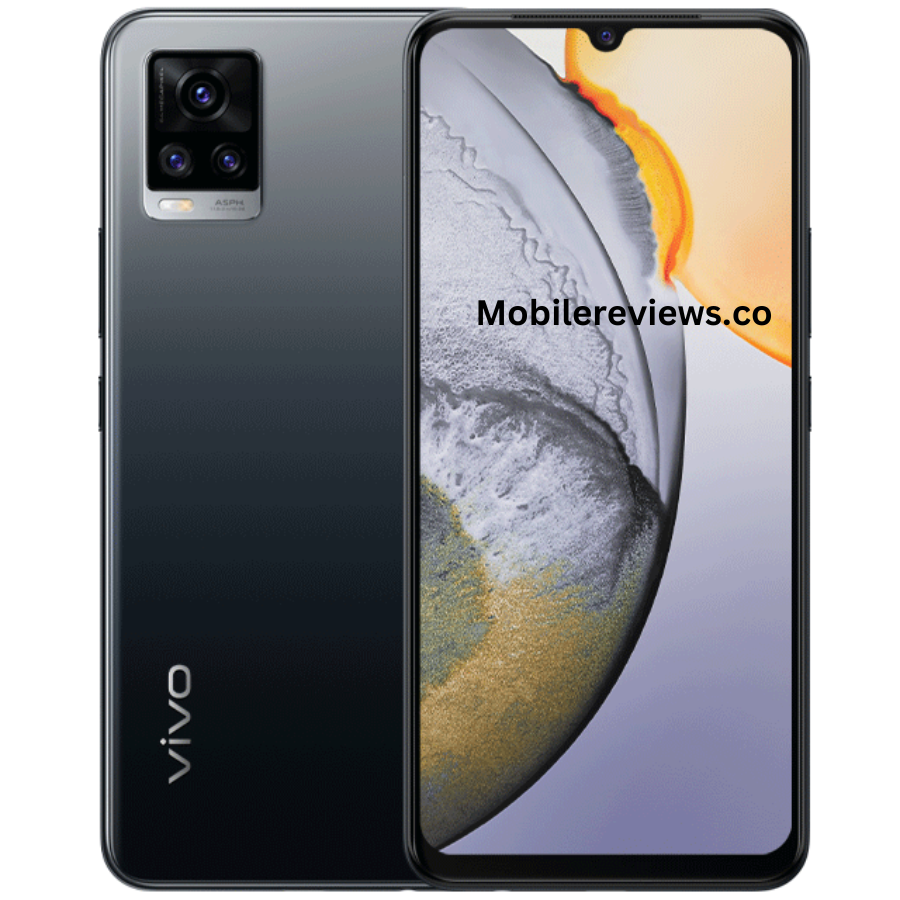
Vivo V20 Specifications
General
| Device Type | Mobiles |
| Model | Vivo |
| Announced | 30 September, 2025 |
| Released | 19 October, 2025 |
| Status | Available |
| Price in India | 699 |
Design
| Type Design Type called form factor refers to a mobile phone's size, shape, and style as well as the layout and position of major components of phone. There are three major form factors seen in mobile phones => bar phones, folding phones and sliding phones. | Bar |
| Dimensions | 161.3 x 74.2 x 7.4 mm (6.35 x 2.92 x 0.29 in) |
| Weight | 171 g (6.03 oz) |
| Colors |
Sunset Melody, Midnight Jazz, Moonlight Sonata |
Network
| 2G Network |
GSM 850 / 900 / 1800 / 1900 - SIM 1 & SIM 2 |
| 3G Network | HSDPA 850 / 900 / 2100 |
| 4G Network | 1, 3, 5, 7, 8, 20, 28, 38, 39, 40, 41 |
| SIM SIM (Subscriber Identity Module) is a small card that contains mobile network subscriber's account information. This allows the phone using the card to attach to a mobile network. The SIM card is most commonly associated with GSM and UMTS mobile networks. Moving a SIM card from one phone to another allows a subscriber to switch mobile phones without having to contact their mobile network carrier. SIM cards can also be used by a phone to store limited amounts of data, such as phone numbers and text messages. | Nano SIM |
| Dual SIM | Yes |
Display
| Display Type Display Technology => A number of display technologies and types used in mobile phones => TFT (Thin Film Transistor), IPS (In-Place Switching), OLED (Organic Light Emitting Diode), AMOLED (Active-Matrix Organic Light-Emitting Diode), Super AMOLED (an even advanced version of AMOLED), Resistive Touchscreen (Resistive touchscreens contain two layer of conductive material with a very small gap between them which acts as a resistance), Capacitive Touchsceen (Capacitive touchscreen technology consists of a layer of glass coated with a transparent conductor) | AMOLED capacitive touchscreen, 16M colors |
| Size | 6.44 inches, 100.1 cm2 (~83.7% screen-to-body ratio) |
| Resolution | 1080 x 2400 pixels, 20:9 ratio (~409 ppi density) |
| Pixel Density Pixel Density (PPI) is refers to the concentration of pixels on a particular display, measured in pixels per inch (ppi). Pixel density is calculated by dividing the diagonal pixel resolution of a display by its diagonal size, higher pixel density better display quality. | 409 ppi |
| Touch Screen | MULTI TOUCH |
| Display Protection Display Protection => Gorilla Glass is a special alkali-aluminosilicate glass shield with exceptional damage resistance that helps protect mobile displays from scratches, drops, and bumps of everyday use, It is always better to go for a smartphone with Gorilla Glass for that added protection and peace of mind. | Tempered Glass HD Clear Screen Protector for VIVO V20 |
| Features |
Dual-LED dual-tone flash, HDR, panorama |
Media
| Audio Playback | Yes, MP3, MIDI, WAV, AMR |
| Video Playback | Yes |
| Video Out | Yes |
| FM Radio | No |
| Alert Types | Vibration, ringtones |
| Ring Tones | 64, MP3, WAV |
| Loudspeaker | Yes |
| Handsfree | 3.5mm Headphone Jack |
Camera
| Primary Camera is able to capture photographs and usually videos, The most important characteristics of a camera are the resolution (measured in megapixels), lens focus type (fixed or automatic), higher megapixel cameras are known to capture higher quality photos, but not always a good measurement of the photos quality. | 64 MP, f/1.9, 26mm (wide), 1/1.72", 0.8µm, PDAF 8 MP, f/2.2, 120˚, 16mm (ultrawide), 1/4.0", 1.12µm 2 MP, f/2.4, (depth) |
| Image | Dual-LED dual-tone flash, HDR, panorama |
| Video | 64 MP, f/1.9, 26mm (wide), 1/1.72", 0.8µm, PDAF 8 MP, f/2.2, 120˚, 16mm (ultrawide), 1/4.0", 1.12µm 2 MP, f/2.4, (depth) |
| Camera Features | Ring-LED flash, panorama, HDR |
| Flash Flash Light => There is commonly two types of flash lights are used in camera mobile phones, LED Flash (LED flash offers lower power consumption with drive circuitry that takes up very little room, LEDs can be strobed faster than any other light source), Xenon Flash (xenon flash produces an extremely intense full-spectrum white light for a very short duration) | Dual-LED dual-tone flash, HDR (photo/panorama) |
| Secondary | 8 MP, f/2.2, 16mm, 120˚ (ultrawide), 1/4", 1.12µm 2 MP, f/2.4, (macro) |
Software
| Operating System OS => Every computer system run on a base software called Operating System (OS). Operating System controls all basic operations of the computer (such as smartphone, PDAs, tablet computers and other handheld devices). The Operating System allows the user to install and run third party applications (apps), apps are used to add new functionality to the device. | OS Android 11 |
| Facebook Facebook is a popular free social networking website that allows registered users to create profiles, upload photos and video, send messages and keep in touch with friends, family and colleagues. The site is available in 37 different languages. | |
| Youtube Youtube is a popular free video-sharing website, Youtube is the largest video sharing site in the world, Millions of users around the world have created accounts on the site that allow them to upload videos that anyone can watch. |
Hardware
| Chipset Chipset is a group of integrated circuits designed to perform one or a more dedicated functions, often with real time computing constraints, Popular smartphones are equipped with more advanced embedded chipsets that can do many different tasks depending on their programming. | Qualcomm SM7125 Snapdragon 720G (8 nm) |
| CPU CPU (Central Processing Unit) mostly known as processors, CPU processes instructions in order to carry out certain functions that make your device operate properly. Processors are often described as the brain of computers, smartphones and tablets, Smartphones and tablets rely on processors to carry out their every task, Processors are an incredibly important factor in selecting any type of computing device, including your smartphone. | Octa-core (2x2.3 GHz Kryo 465 Gold & 6x1.8 GHz Kryo 465 Silver) |
| GPU GPU (Graphics Processing Unit) is a single-chip processor designed to rapidly manipulate and alter memory to accelerate the creation of images in a frame buffer intended for output to a display, This includes things such as lighting effects, object transformations, and 3D motion. | Adreno 618 |
| RAM (Memory) RAM (Random Access Memory) is a type of computer memory that can be accessed randomly, any byte of memory can be accessed without touching the preceding bytes that allows information to be stored and accessed quickly from random locations. RAM is the most common type of memory found in computer systems, smartphones, tablets and other electronic devices. | 8 GB |
| Internal Storage Internal Storage is a data storage space (flash memory) mostly used in smartphones, tablets and other electronic devices where operating system, apps, music, photos, videos, files and other user data Is stored. | 128 GB |
| Card Slot Memory Card Slot is a special slot for inserting a memory card. Memory cards allow you to expand the phone's built-in memory, A memory card (sometimes called a flash memory card or a storage card) is a small storage medium used to store data such as text, pictures, audio, and video, for use on small, portable or remote computing devices such as mobile phones, mp3 players, digital cameras. | microSDXC (dedicated slot) |
| Sensors Sensors are electronic components that detects and responds to some type of input from the physical environment. The specific input could be light, heat, motion, moisture, pressure and location, The output is generally a signal that is converted to use in computing systems, a location sensor, such as a GPS receiver is able to detect current location of your electronic device. |
Fingerprint (under display, optical), accelerometer, gyro, proximity, compass |
Connectivity
| Bluetooth Bluetooth is a wireless communications technology for exchanging data between mobile phones, headsets, computers and other network devices over short distances without wires, Bluetooth technology was primarily designed to support simple wireless networking of personal consumer devices. | 5.0, A2DP, LE |
| Infrared Infrared connectivity is an old wireless technology used to connect two electronic devices. It uses a beam of infrared light to transmit information and so requires direct line of sight and operates only at close range. | |
| Wi-fi Wi-Fi is a popular wireless networking technology using radio waves to provide high-speed network connections that allows devices to communicate without cords or cables, Wi-Fi is increasingly becoming the preferred mode of internet connectivity all over the world. | Wi-Fi 802.11 a/b/g/n/ac, dual-band, Wi-Fi Direct, hotspot |
| Wi-fi Hotspot | |
| USB | 2.0, Type-C 1.0 reversible connector, USB On-The-Go |
| GPS GPS The Global Positioning System is a satellite-based radio navigation system, GPS permits users to determine their position, velocity and the time 24 hours a day, in all weather, anywhere in the world, In order to locate your position, your device or GPS receiver must have a clear view of the sky. | Yes, with A-GPS, GLONASS, GALILEO, BDS |
| NFC NFC (Near field communication) is a set of standards for smartphones and similar devices to establish peer-to-peer radio communications with each other by touching them together or bringing them into proximity, usually no more than a few inches. | |
| HDMI HDMI (High-Definition Multimedia Interface) is a compact audio/video interface for transferring uncompressed video data and compressed or uncompressed digital audio data from a HDMI-compliant source device to a compatible computer monitor, video projector, digital television, or digital audio device. | |
| Wireless Charging Wireless Charging (Inductive Charging) uses an electromagnetic field to transfer energy between two objects. This is usually done with a charging station. Energy is sent through an inductive coupling to an electrical device, which can then use that energy to charge batteries or run the device. | yes |
Data
| GPRS GPRS (General Packet Radio Service) is a packet oriented mobile data service on the 2G and 3G cellular communication system's global system for mobile communications (GSM), Generally, GPRS is used for the purpose of wireless data transfer, such as sharing pictures and videos or browsing the Internet via a mobile phone connection. | |
| EDGE EDGE (Enhanced Data GSM Environment) is a wireless network technology generally considered the next step in the 2G network offers data transfer rates up to four times faster than ordinary GSM networks, Generally, EDGE is used for the purpose of wireless data transfer, such as sharing pictures and videos or browsing the Internet via a mobile phone connection. | |
| Speed | HSPA 42.2/5.76 Mbps, LTE-A (CA) |
| Web Browser Web Browser => a web browser is a software application used to locate, retrieve and display content on the World Wide Web, including Web pages, images, video and other files, The primary function of a web browser is to render HTML, the code used to design or markup webpages. | Yes |
Messaging
| SMS SMS (Short Messaging Service) is a text messaging service component of phone, Web, or mobile communication systems. It uses standardized communications protocols to allow mobile phone devices to exchange short text messages over the networks. | Yes (threaded view) |
| MMS MMS (Multimedia Messaging Service) is a standard way to send messages that include multimedia content (audio clips, video clips and images) to and from mobile phones over wireless networks using the WAP protocol. | |
| Email Email (Electronic Mail) is a system for receiving, sending, and storing electronic messages, Similar to a letter, email is text messages that may contain files, images, or other attachments sent via the internet to a recipient by using applications and software prograps. An email address is required to receive email, and that address is unique to the user. | Yes |
| IM IM (Instant Messaging) is an exchange of text messages through a software application, it enable you to create a kind of private chat room with another individual in order to communicate in real time over the Internet. | Yes |
Battery
| Battery Type Battery Type => Cell phones run on various kinds of batteries depending on the manufacturer, phone size or shape and features. There are basically four types of cell phone batteries => Lithium Polymer, Lithium Ion, Nickel Metal Hydride and Nickel Cadmium. | Non-removable Li-Po |
| Capacity Battery Capacity is a measure (typically in Amp-hr) of the charge stored by the battery, and is determined by the mass of active material contained in the battery. The battery capacity represents the maximum amount of energy that can be extracted from the battery under certain conditions. | 4000 mAh |
| Placement | Non-removable |
Reviews
Offers
Disclaimer Note
We do not guarantee that the information of this page is 100% accurate and up to date.


